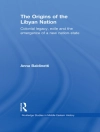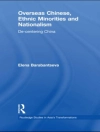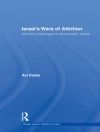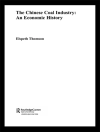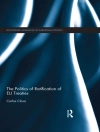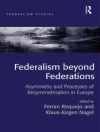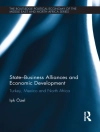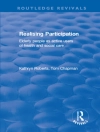The Anthropocene is an authoritative desk-top reference work for students of geography, the environment and sustainability. Through a series of 101 interconnected questions and answers spanning ten thematic sections, the book provides a comprehensive survey of humankind’s impact on the global environment from the Late Stone Age to the present day.
Unrivalled in scope, the book distills the latest research findings and scholarship across a remarkable range of topics concerning the evolving human–environment relationship. These include the broad history of human-induced changes in the environmental conditions of the planet; the major human impacts on the Earth and their consequences; and the different causes and rationales applied to understanding these environmental changes. All questions are answered succinctly and rigorously and draw on a wealth of contemporary evidence and scientific theories. The book is colour illustrated throughout, answers are fully cross-referenced and further readings are suggested for those wishing to delve deeper. For anyone seeking to understand the human-induced changes to our planet and the challenges these pose for sustainability, this book is an invaluable resource. It provides a masterly presentation of the human footprint on the Earth system.
विषयसूची
Introduction
Section I The Anthropocene and the Earth System: foundational concepts
Section II The emergence of the Anthropocene
Section III Human changes to the land surface/lithosphere
Section IV Human changes to the hydrosphere
Section V Human changes to the atmosphere
Section VI Human changes to life in the biosphere
Section VII The human causes of the Anthropocene
Section VIII Understanding our relationship with nature
Section IX Sustainability in the Anthropocene
लेखक के बारे में
B. L. Turner II is Regents’ Professor and Gilbert F. White Professor of Environment and Society at Arizona State University. A geographer and human-environmental scientist, he has engaged in research on a wide range of topics across the human–environment relationship and sustainability. He is a member of the National Academy of Sciences (US), American Academy of Arts and Sciences, American Philosophical Society and a Fellow of the American Association for the Advancement of Science and the Association of American Geographers.


